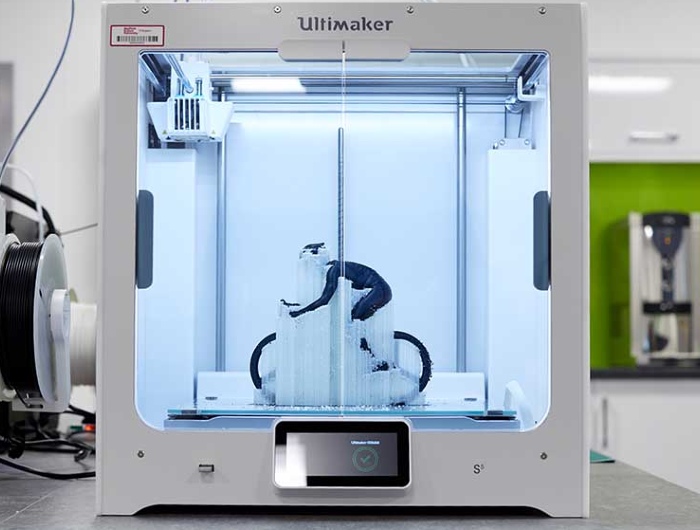The Advanced Wellbeing Research Centre building is the centrepiece of Sheffield’s Olympic Legacy Park and is dedicated to improving the health and wellbeing of the population through innovations that help people move.
The building is the most advanced research and development centre for physical activity in the world, providing state-of-the-art, fully instrumented indoor and outdoor laboratories and a team of over 70 researchers delivering collaborative projects. You can view a virtual tour of AWRC's world-leading facilities on the AWRC's dedicated website.
The AWRC’s mission is to prevent and treat chronic disease through co-designed research into physical activity and the facilities provide us with the ideal environment to build on our existing research and create knowledge that will benefit our research partners.
Applied computing and digital technologies
Our research expertise in applied computing supports the development of systems for use in elite sports. We work with many national teams through the English Institute of Sport to provide bespoke technology solutions. Our methods involve video and data capture, databases, image processing, sensor technologies, machine learning, data mining and mobile apps.
Our research provides users with appropriate feedback to change behaviour and identifies key performance indicators to inform strategy. In this laboratory, we have replications of our systems (touchscreens, cameras, etc.) that are deployed in elite training facilities across the country. This allows us to both continually innovate and improve these systems in a laboratory environment before the analysis techniques are rolled out to the real world. We develop and deploy novel camera calibration techniques and this room has all the required apparatus to facilitate this research.
We have local high-performance computing (HPC) resources that allow our researchers to develop deep learning techniques. A typical example of this work is the automated extraction of performance data from video footage of football players. We also have access to expandable Microsoft Azure HPC resources when we need to scale up our research.
Design engineering
Our design engineering space focuses on developing a better understanding of sports, medical and physical activity equipment and environments. Using fundamental physics, experiments and modelling techniques, we optimise equipment and environments for performance, safety and increased participation. We utilise user centred design to push the boundaries of innovation of equipment, develop prototypes to test our ideas and validate our interventions using advanced measurement systems and analyse.
Morphology
Our research concerns the measurement and assessment of human body shape. We have expertise in the use of traditional methods of human body measurement (anthropometrics) and we are also pioneering novel applications of 3D imaging technology. Our 3D imaging technology captures the body’s external geometry – rich data containing vital information regarding the state of health of an individual.
We have a number of commercial 3D imaging systems and we have technical expertise which allows us to develop our own systems and analysis techniques. Our main research driver is the inadequacy of current practice with regards to human measurement. Measures such as BMI have known flaws that incorrectly identify risk in some individuals while missing risk in others.
Our long-term research aim is to develop technology and techniques that improve our current methods of population-level health assessment. In the future, we want to be able to better identify healthy and unhealthy body shapes that account for the wide range of individual difference.



